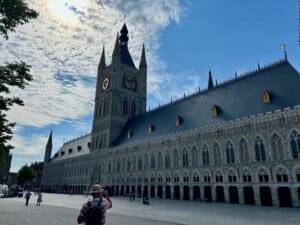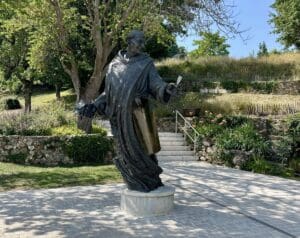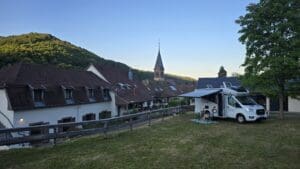After our pleasant visit to Ulvön, we continued south along the High Coast. You can read more about the archipelago and Örnsköldsvik in our previous post. posts.
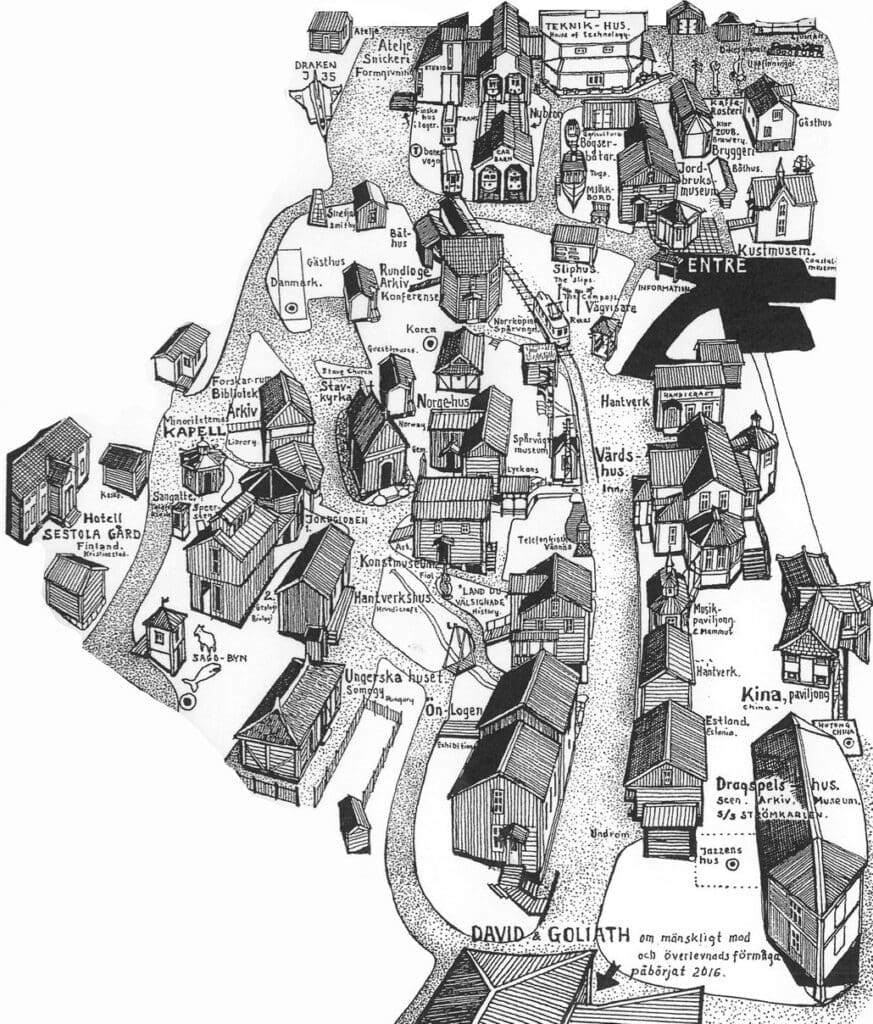
It is difficult to describe this place but the easiest way is probably to start with the description they have on their website.
'The purpose of Mannaminne is to show how "everything" is connected. Culture depends on history, technology and influences from near and far. Man is driven by curiosity, restless and capable of feeling for his neighbour through the short life." - Anders Åberg
It all began in 1980 when Barbro and Anders Åberg started a café for art, culture and music and has since grown into a museum with over 50 houses containing everything from heaven to earth. You can see a map of the area here on the left.
For a structured person, it is almost overwhelming to come here. The more orderly houses are crowded with others that are more or less just a storage place for things that have been left over. Between the houses you will find a myriad of things such as a mammoth, telephone booths, trams, aeroplanes, boats and not least lots of artworks of various kinds.
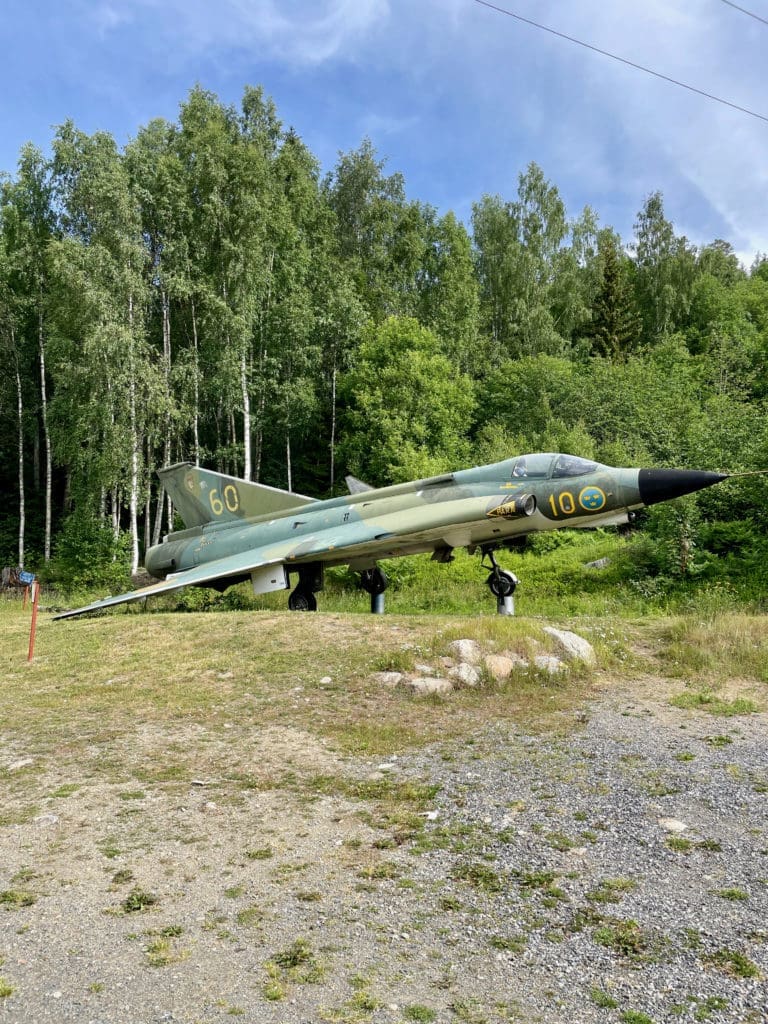


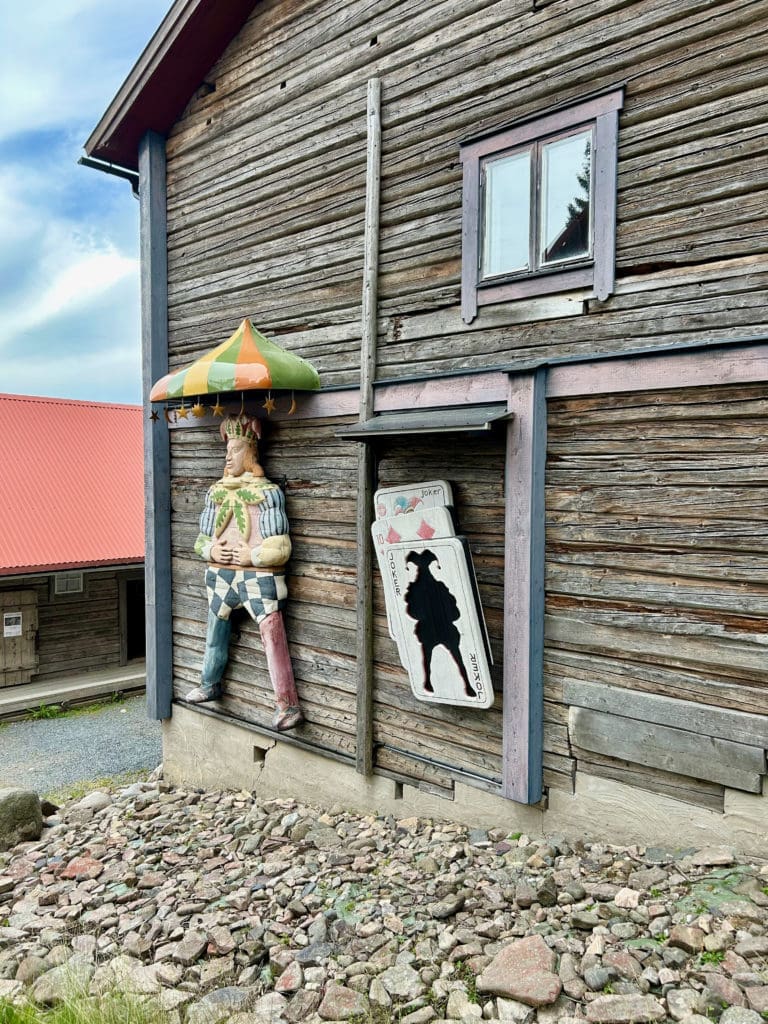


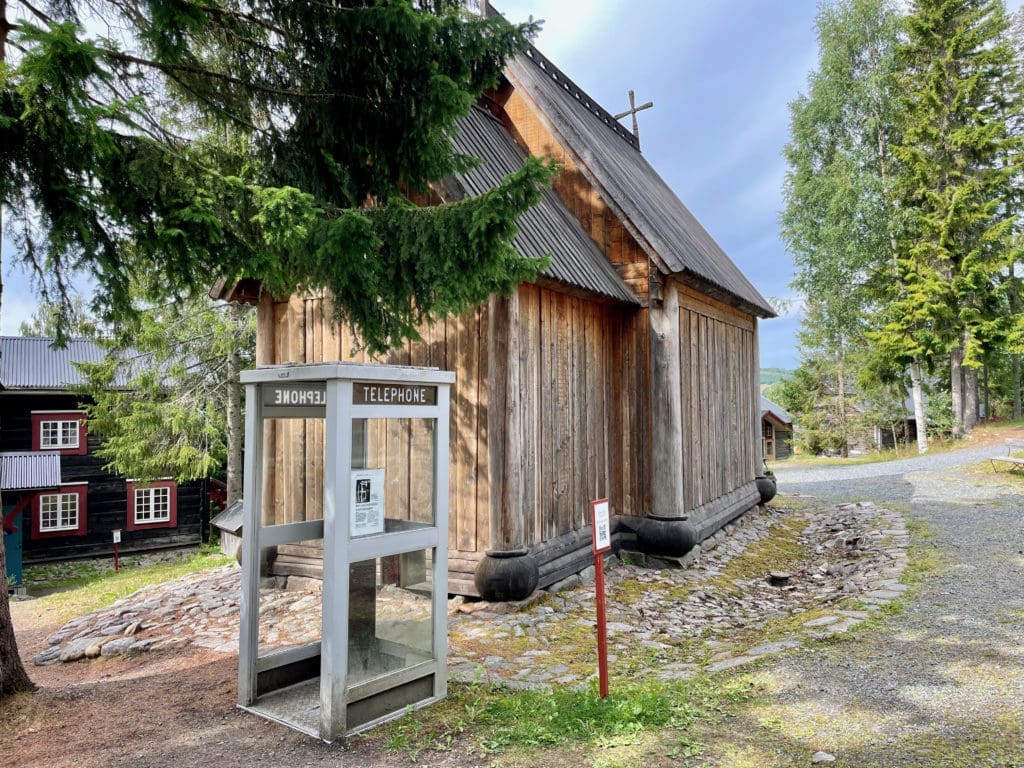
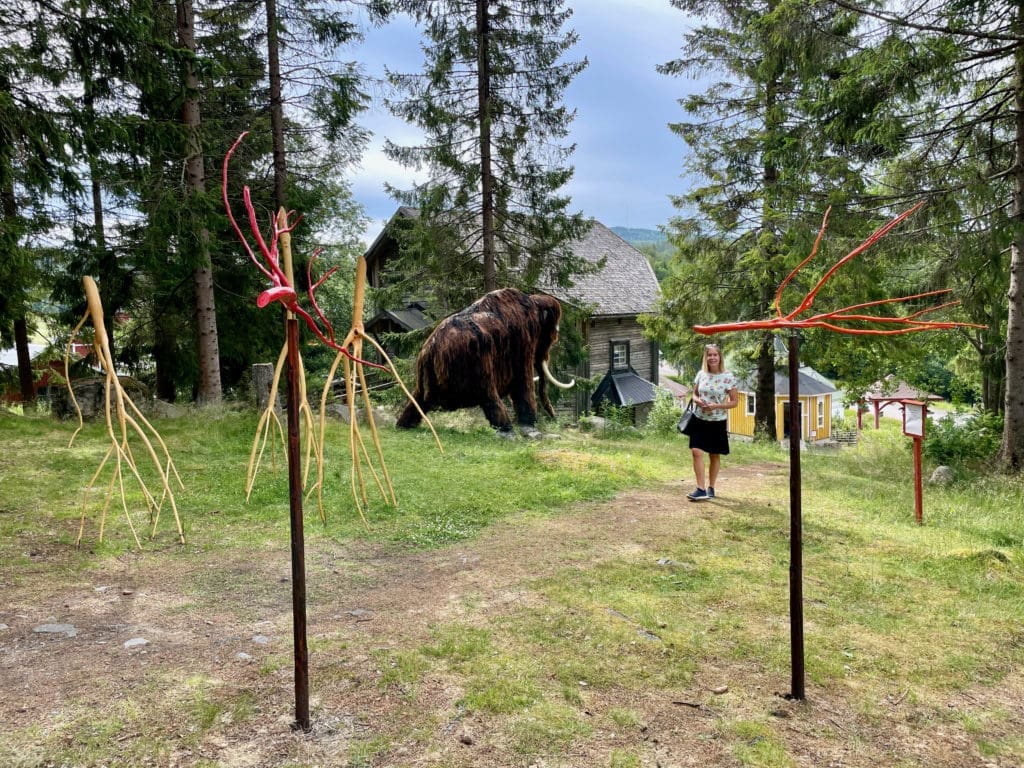
I was not aware of Anders Åberg before my first visit to Mannaminne, but I understand that his art is commonly found in town halls and other public spaces. Here are some examples.
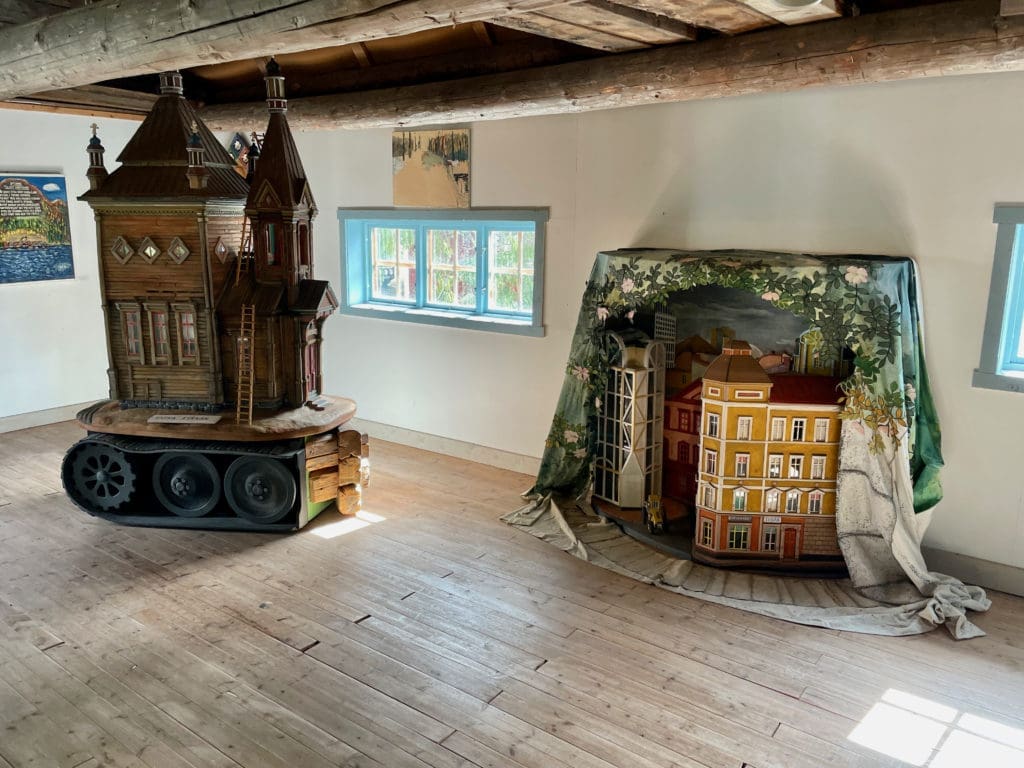
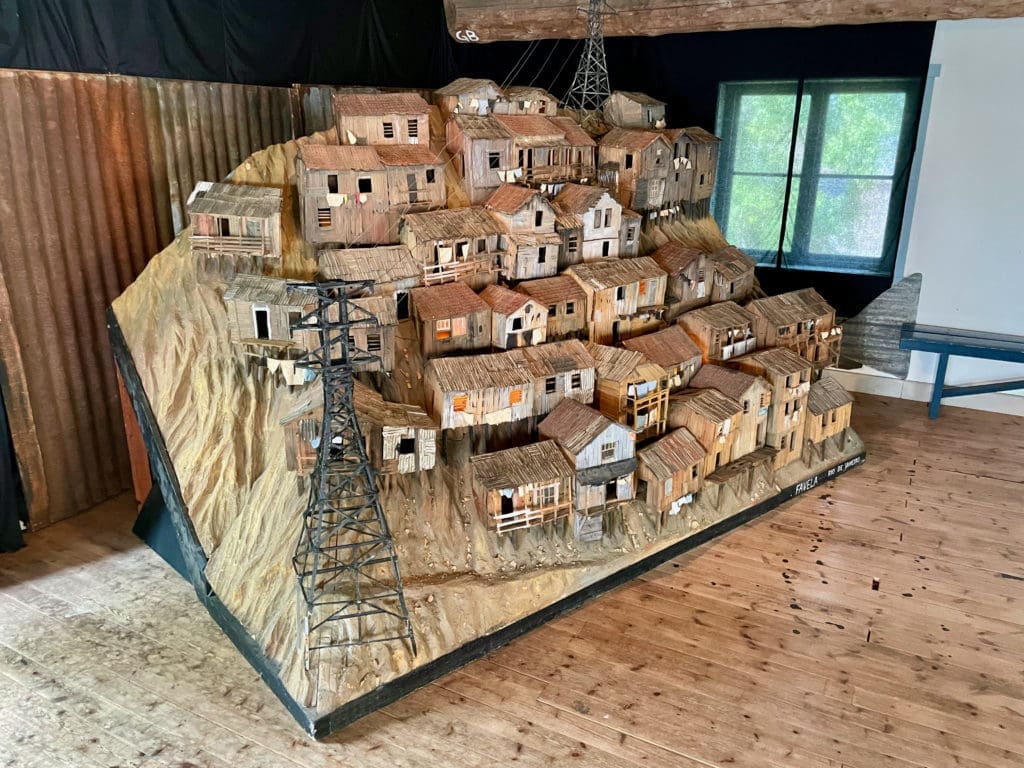
Many different artists are represented but it is not always easy to understand the meaning of some of the works. It's still very interesting to just wander around aimlessly as you find something unexpected around every corner. You can see a good example of this at the beginning of this post.
However, there are quite a few that have a much more comprehensible idea. Various forms of historic houses brought here from different parts of the world or reconstructed from the imagination. You can also stay at the museum, as they rent out both rooms and cottages.
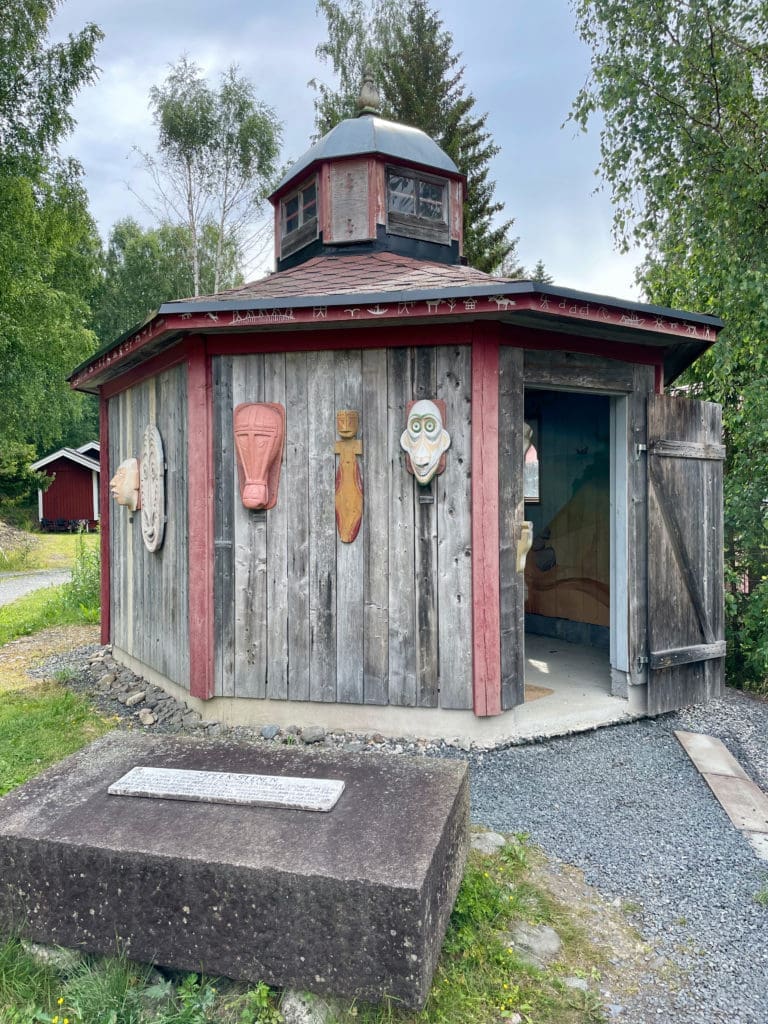
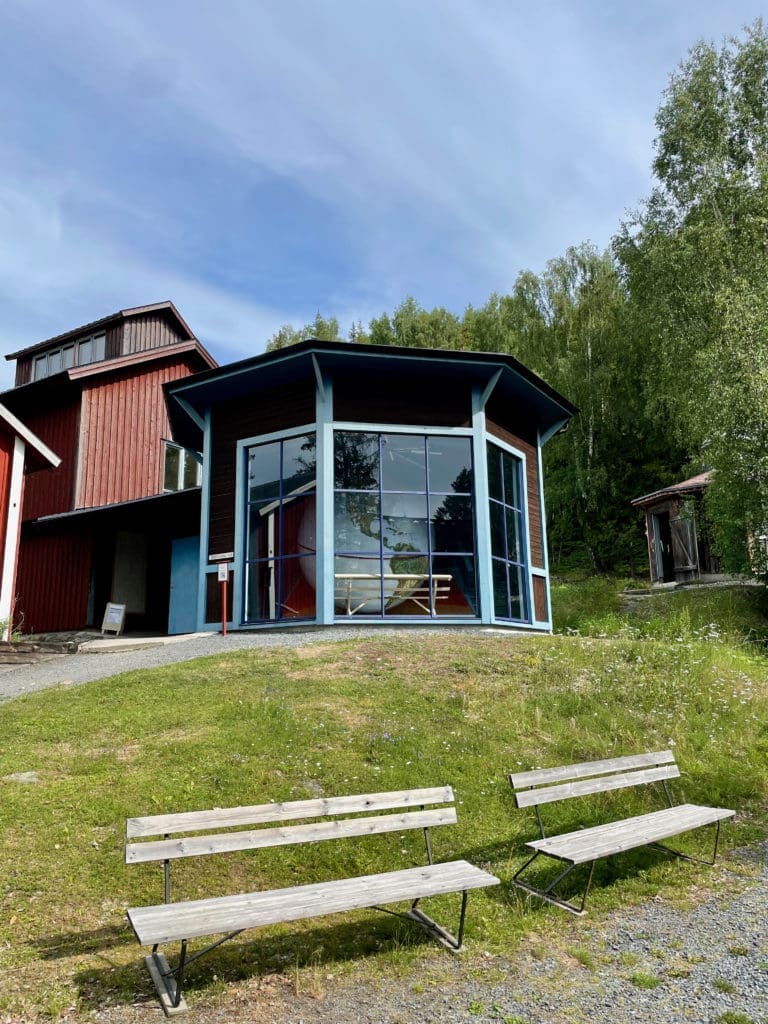





There are numerous exhibitions in the area, ranging from accordions, bureaucracy and agricultural tools to the great emigration of the 19th century.










There is a wide variation in the degree of seriousness as the content ranges from Norwegian weather stations to the oppression of minorities.

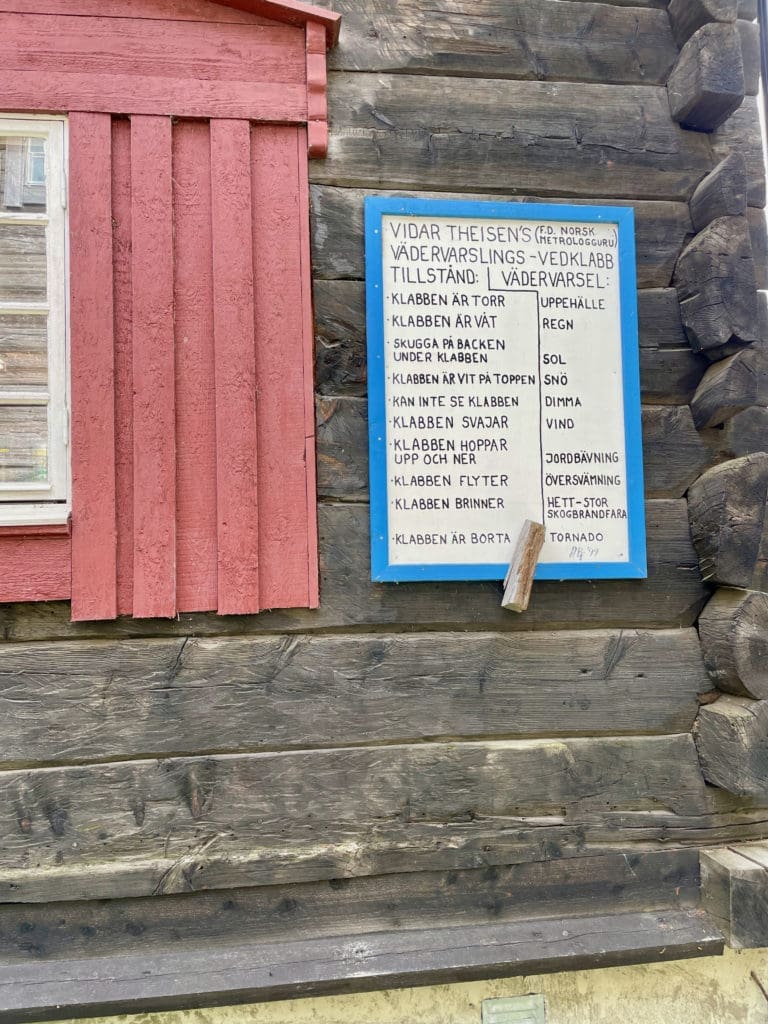
The plan was to end the visit with a coffee at the inn but there was a long queue so we moved on. There was a micro-roastery in the area but unfortunately it was closed, Höga Kusten Kaffe Rosteri, but when we passed by the second time, they had fortunately opened. What's the point of a punctuation mark when you have the privilege of experiencing a genuine passion for coffee and roasting. The passion was not least noticeable in the patient and detailed answers we received to all our questions. The roastery had three types of freshly brewed coffee and free refills, so it was easy to try. All three varieties had a unique character and roast that reminded us of the Ethiopian coffee ceremony we attended a couple of years ago. Read more about the ceremony here. It was difficult to choose a favourite as they were all special in their own way. If you do not have the roads past Nordingrå, they also have a small shop on Kungsholmen.
(edited) A few weeks after we visited, we heard that an acquaintance had been to the roastery and funnily enough they had mentioned us. Don't know if it was all our questions or that they have a marvellous memory...? 🙂


No matter what you like about art and museums, we can highly recommend a visit. It may not have the same pace of change as when Anders Ågren was alive, but it is still a unique experience. Now we're off to an impressive building near Björkudden.


